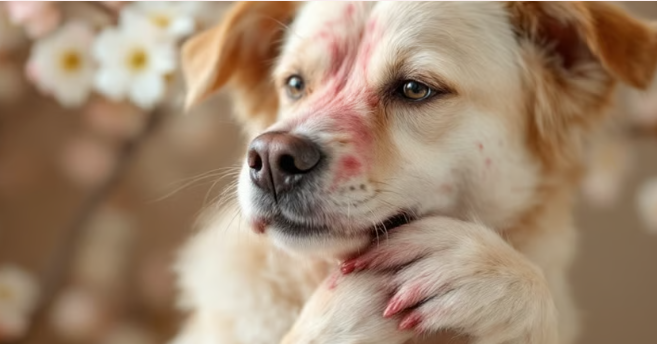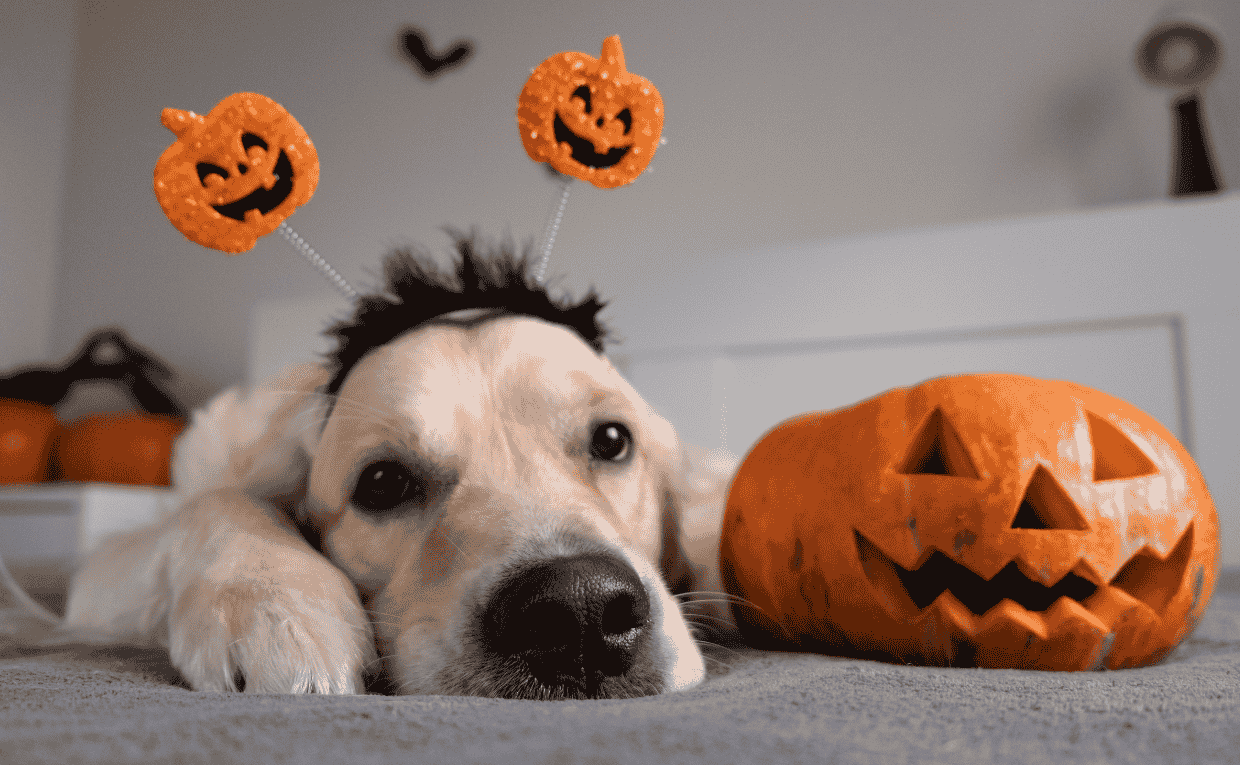Spring brings beauty to the world — with flowers in bloom, warmer weather, and chances for outdoor fun. Unfortunately, it also introduces a less pleasant challenge for pet owners: allergies. Just like humans, our furry companions can experience spring allergies, making them itchy, uncomfortable, and in need of some extra TLC. In this pet blog from All Furry Tales, we’ll help you spot the signs of spring allergies, share practical how-to tips for care and training, and make sure both you and your pet can fully enjoy the season together.
Let’s dive in!
Understanding Spring Allergies in Pets
Spring allergies are typically caused by environmental allergens like pollen, mold spores, grass, and dust mites. While you might reach for tissues and antihistamines, your pet’s reaction looks a little different.
Signs your pet may have spring allergies:
- Constant scratching or licking
- Red, irritated, or flaky skin
- Watery or red eyes
- Sneezing or reverse sneezing (that funny honking sound dogs make)
- Frequent head shaking or ear infections
- Chewing at paws
If you notice these symptoms, it’s a good idea to consult your veterinarian to confirm allergies and rule out other conditions like fleas or food sensitivities.
Step 1: Minimize Allergen Exposure
The first step in pet care during allergy season is reducing your pet’s exposure to allergens.
- Wipe down after walks: After outdoor playtime or walks, wipe your pet’s paws, legs, and belly with a damp cloth or pet-safe wipes. This helps remove pollen before it spreads around your home.
- Bathe regularly (but not too often): Bathing once every 1–2 weeks with a hypoallergenic pet shampoo helps wash off allergens. Just don’t overdo it — too many baths can dry out their skin.
- Keep indoor spaces clean : Vacuum carpets, furniture, and pet bedding frequently. Use HEPA filters in your vacuum and air purifier to trap allergens.
- Watch the clock : Pollen counts are highest early in the morning and late afternoon. Consider scheduling walks for midday when levels are lower.
Step 2: Strengthen Your Pet’s Skin Barrier
A healthy skin barrier is your pet’s first defence against allergens.
- Feed a balanced diet High-quality pet food rich in omega-3 and omega-6 fatty acids can improve skin health and reduce inflammation.
- Use moisturizing sprays or conditioners Special pet conditioners and leave-on sprays can help soothe irritated skin and reduce itching.
- Stay hydrated Make sure your pet has access to fresh water at all times — good hydration keeps the skin supple and healthy.
Step 3: Consider Medical Options
If home strategies aren’t enough, your veterinarian may recommend medical treatments.
- Antihistamines : Some over-the-counter antihistamines can be safe for pets, but only under veterinary guidance.
- Prescription medications : Your vet might prescribe corticosteroids, immunotherapy (allergy shots), or medications like Apoquel or Cytopoint for severe cases.
- Medicated shampoos or ointments : These treatments help address skin infections or reduce inflammation resulting from constant scratching.
Step 4: Train and Redirect Allergy Behaviors
Allergy discomfort can lead to obsessive behaviors like licking, scratching, or chewing. While medication and topical care are important, training techniques can also help redirect these behaviors.
- Distract with toys or puzzles : Provide interactive toys or treats to keep your pet occupied and reduce focus on itching.
- Use a recovery cone or soft collar : In severe cases, your vet may recommend a protective cone to prevent self-injury.
- Positive reinforcement : When your pet stops scratching or licking on command, reward them with treats or praise. This helps build good habits over time.
Step 5: Stay Proactive With Vet Visits
Regular vet visits are essential for managing spring allergies.
- Confirm the diagnosis : Make sure you’re treating the right problem. Fleas or food allergies can look similar.
- Watch for secondary infections : Excessive scratching can lead to skin or ear infections. Catching these early saves your pet a lot of discomfort.
- Create a long-term plan : Your vet can help you map out the best prevention and treatment strategies for each season.
Bonus Tips: Keep Yourself Allergy-Free, Too!
Many pet owners struggle with their own spring allergies. To protect yourself while caring for your pet:
- Wash your hands after petting or grooming
- Keep pets off beds and couches during peak allergy season
- Change clothes after outdoor activities
Final Thoughts: Enjoy Spring With Your Pet
Spring doesn’t have to mean misery for you or your furry friend. With the right pet care, thoughtful training, and a proactive approach, you can help your pet enjoy the season comfortably.
At All Furry Tales, we’re passionate about making every season joyful for pets and their humans. Whether you’re dealing with spring allergies, need a how-to guide, or just want to explore the best in pet wellness, our pet blog is here for you.





